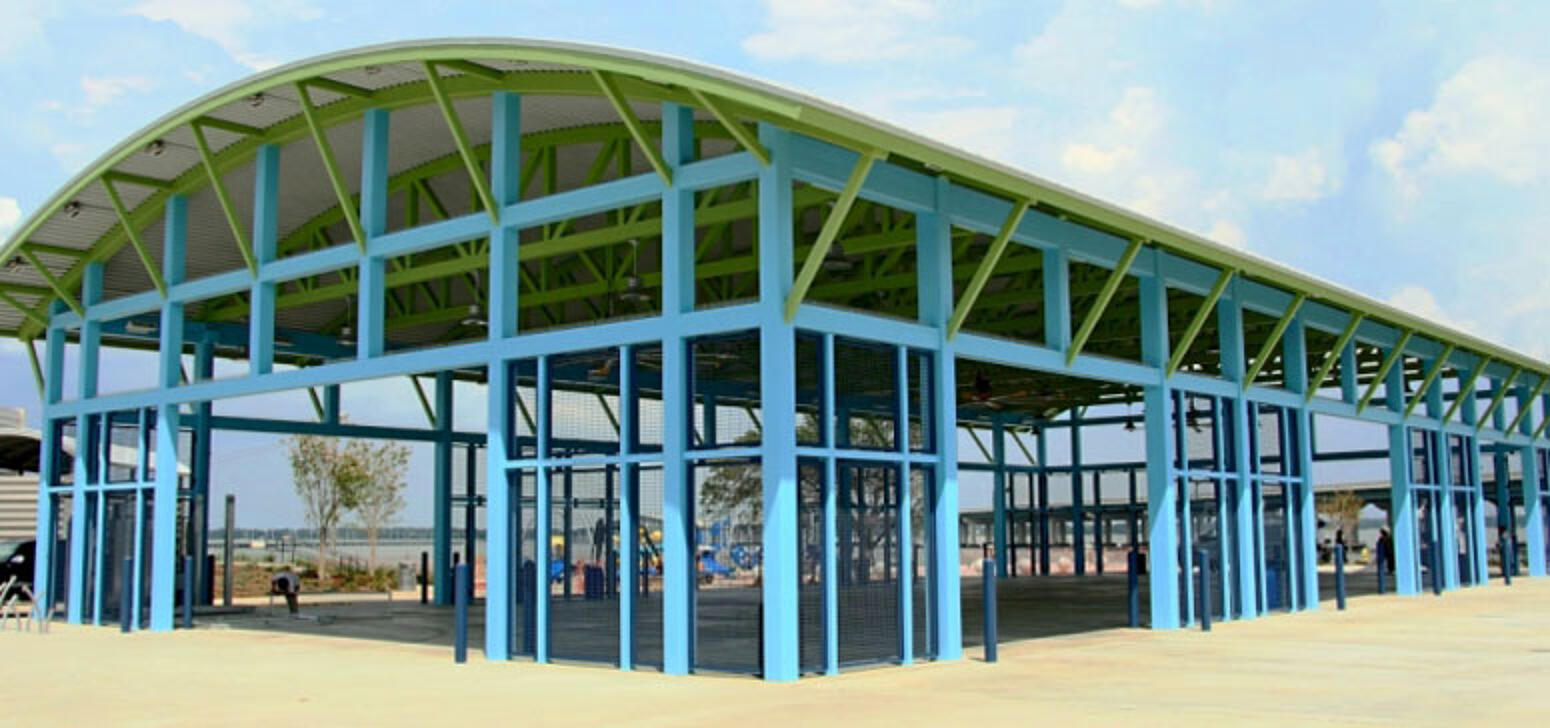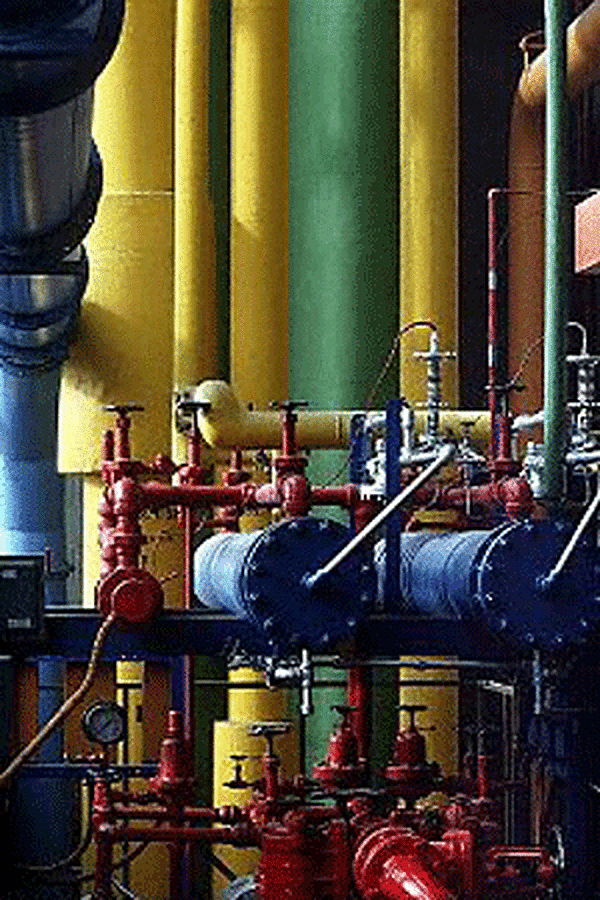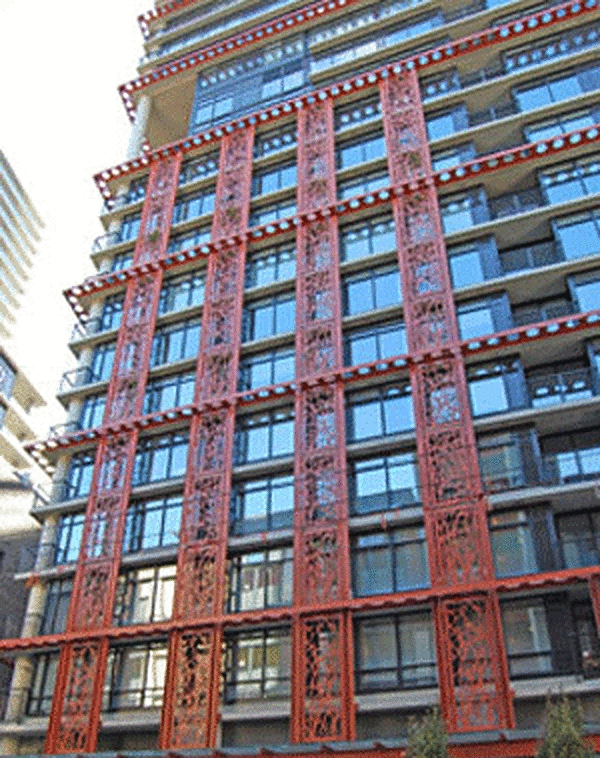Painting Galvanized Steel: Duplex Systems

For years, protecting steel from corrosion typically involved either the use of hot-dip galvanizing or some type of paint or powder coating system. However, more and more corrosion specialists are utilizing both methods of corrosion protection in what is commonly referred to as a duplex system - simply painting or powder coating steel that has been hot-dip galvanized after fabrication.
The synergistic effect of using two coatings extends the service life for unparalleled corrosion protection, while the metallurgically-bonded galvanized coating serves as an ideal primer to provide an impervious barrier for the base steel. When paint and galvanized steel are used together, the corrosion protection is superior to either protection system used alone and can last from 1.5 to 2.3 times the combined lifetimes of both systems. In other words, if you had a paint system that lasts 10 years and a hot-dip galvanized system expected to last 70 years, the duplex system would last 120 - 200 years; if you just let the paint and galvanizing wear away naturally.

The probability of specifying a duplex system and letting it weather away without maintenance is slim, so in a more practical sense, the added benefit of the system is that it extends the paint/powder coating maintenance cycle 1.5 to 2 times what it would be on bare steel. This extended maintenance cycle results in significant cost savings over the life of the project. Compare the initial and life-cycle cost of a duplex system to paint on bare steel with the AGA's online life-cycle cost calculator. In addition to providing unparalleled corrosion protection, a duplex system allows a great deal of design freedom. For example, projects requiring a particular color scheme can use a duplex system to take advantage of the corrosion-resistant protection of galvanizing while incorporating a range of colors.
Painting Galvanized Steel
Painting galvanized steel requires careful preparation and a good understanding of both painting and galvanizing. Many products have been galvanized and painted successfully for decades, including automobiles and utility towers. Past experience provides excellent historical data for how best to achieve good adhesion. By studying past adhesion failures and successes, galvanizers, paint companies, researchers, paint contractors, and other sources have created an ASTM specification (ASTM D6386) detailing the process and procedures for preparing hot-dip galvanized steel for painting. When the galvanized surface is prepared correctly, paint adhesion is excellent and the duplex system becomes an even more successful method of corrosion protection.

Powder Coating Galvanized Steel
Powder coatings on hot-dip galvanized steel provide an excellent corrosion resistant coating. The selection of this duplex system has two major attractions; the duplex system provides a high-grade architectural finish that does not contain any volatile material and the coating is particularly abrasion resistant.The powder coating is comprised of a polyester thermosetting resin that is applied to a clean galvanized surface and cured at temperatures near 350 F (180 C). The specification ASTM D7803 has been established to detail the best practice for preparing hot-dip galvanizing for powder coating. Proper surface preparation is critical to ensure a successful duplex system of galvanizing and powder coating.
